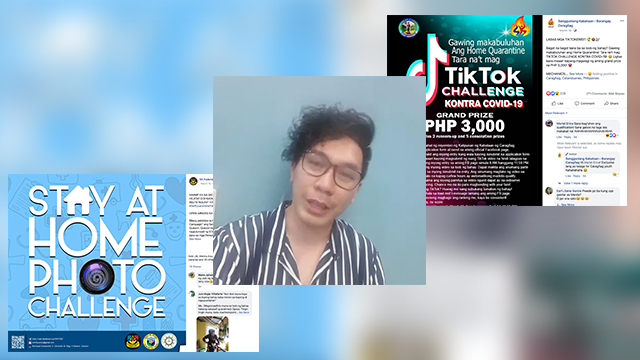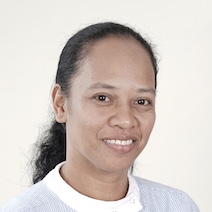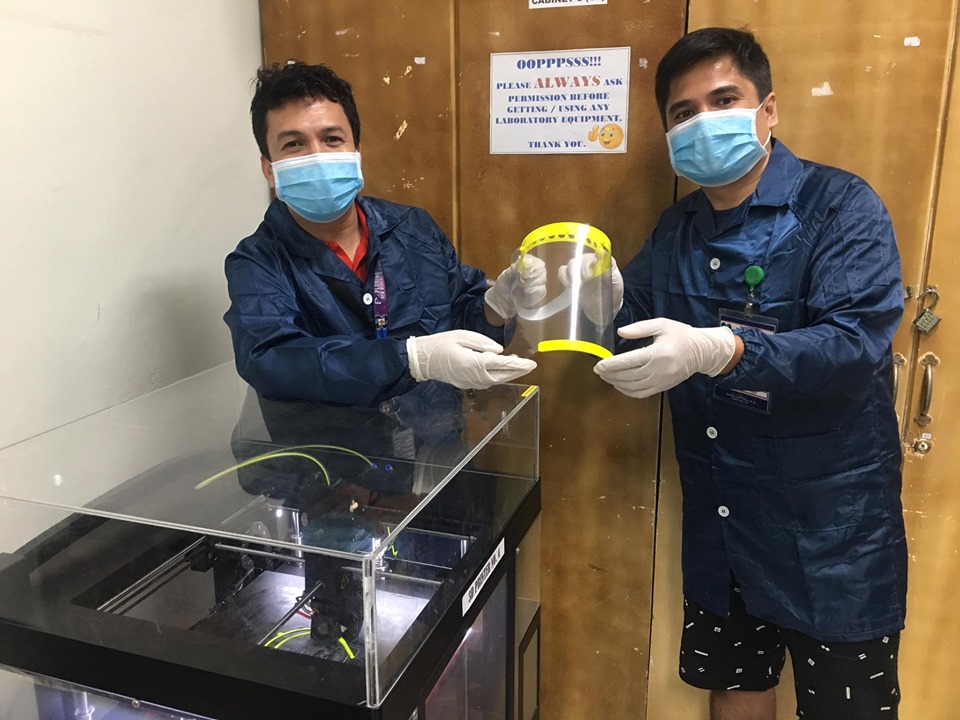

Metro Manila used to be a place I didn't see myself living in. Today, I (literally) can't get out of it.
It’s been a year since I moved to Metro Manila – Quezon City to be exact. I came from Isulan, a humble town in Central Mindanao where the population is 32 times less and where traffic is something you only hear in the news.
Isulan is a progressive first-class municipality in the province of Sultan Kudarat. Although it has developed greatly in the past years, people still enjoy the simple, relaxed, and happy probinsya life. You wake up to the chirping of birds and the cackling of chickens. You buy cheap local meat and produce from the town market. You sleep quietly every night. You enjoy quality time with your loved ones.
It is where my family lives. Isulan is my home.
The decision to move to Metro Manila was surprisingly easy. I got a job offer here that was hard to refuse. Even my parents were really excited about the idea of me living in Metro Manila; despite it being the farthest and probably the longest I would be away from them, they told me it was "just part of the experience."
Although I’d been to Metro Manila many times already, I wasn’t entirely sure of what I was getting into. Most of my work-related short visits here had given me nothing but anxiety. From the commute, to figuring out where to eat halal food, to the effort of speaking in Tagalog, every minute was stressful. So I had to constantly ask myself if I was ready to handle all of it. Was I really ready to handle that amount of stress every single day?
"Not everyone gets to have that opportunity," my father would always say to convince me. "It will be a good experience. You’ll get used to it eventually."
Nothing about Metro Manila was reassuring – it was far from home, we didn't have a lot of relatives here, and I was unsure of a lot of things. But there I was holding on to my parents’ words and deciding to brave the big city.
At first, the idea of moving was for the "experience." A year after, that "experience" taught me a lot about myself and what living in Metro Manila can do. (READ: [OPINION] A young Muslim's notes from Manila)
You will feel alone and scared
Ever since I started working, I’d lived away from my family. But it was only when I lived in Metro Manila that I felt alone and sometimes even scared. It could be because I didn't have relatives I could easily run to, or the reality that going home was no longer just a 2-hour bus ride.
A lot of things happened in 2019 and early this year that made me think of home and the feeling of safety when you are with family. I remember constantly calling my parents, especially when a typhoon struck some parts of Metro Manila, and when the city was constantly hit by earthquakes and aftershocks, and when we had to cancel work due to ash fall from the Taal eruption, and now that Metro Manila is on a lockdown due to the coronavirus health crisis. You have friends and workmates around, but the anxiety of not having your family beside you does creep in. (READ: LOOK: Scenes across Metro Manila as Luzon lockdown begins)
Everything seems a little harder
Life in Metro Manila is far from the probinsya life that I’m familiar with. Everything you do here feels a little harder than what you’re used to.
Being productive here is challenging. It will require you to have a certain level of discipline, time management skill, and sometimes creativity just to get things done. For those who have the means, being productive means spending more for your transportation, food delivery, and morning coffee. Productivity means being smart about your decisions from the moment you wake up.
Traveling around Metro Manila is a challenge on its own. The commute is a horror story we are all familiar with, and alternatives to public transportation are limited. From someone working in Quezon City, a meeting in Makati or Pasay City will consume an average of 3 hours of his or her day from traveling alone.
Time is a luxury when you live in Metro Manila. When you’re used to the relaxed pace of life in the province, living here feels like you don’t have enough of it. You always feel rushed, and sometimes even after a long day at work, you still feel like you haven’t done enough.
You pay for "convenience"
A higher cost of living is expected when you live in any urban area, but Metro Manila makes being thrifty a little tricky.
I live in a rented condominium which costs me almost 15% of my salary every month. It’s twice the amount I paid for my previous apartment in Mindanao and excludes electricity and water bills. With 7 people residing in our house, our monthly electric bill in Isulan would rarely go higher than P1,000.00. Here in Metro Manila, a 40 sqm apartment with only 3 people will lead to a P3,000 monthly electric bill.
Yes, I could’ve rented cheaper accommodation, but considering the commute and other factors, it would just cost me the same. "It’s near my office and I don’t have to commute for work," I convinced myself. I was paying for the convenience, I guess.
Other basic commodities like groceries are more expensive here as well. Nearby groceries sell their items P3-P5 higher than what I’m used to. It took me months to even notice this. Yes, you can go buy your cheaper groceries in public markets, but only if there’s one nearby. So I usually end up buying groceries at an air conditioned supermarket downstairs. Again, you convince yourself it’s okay to pay higher for convenience.
Back home, everything is sold cheap and feels convenient. You don’t need an app to navigate and get to different places. You don’t feel stressed about going out to buy groceries or pay your bills. You don’t feel burdened when doing things on your own. You don’t need to pay extra for convenience.
You feel guilty for being privileged
The one good thing living in Metro Manila has taught me is to constantly recognize my privilege. However, this, I believe, has also been the most disturbing lesson – that despite how challenging living here is, and regardless of how legitimate those challenges are, I have to acknowledge the fact that I’m already living in privileged conditions.
It is hard not to feel guilty about complaining when you know that there are those who have it worse. It’s hard to complain about getting stuck in traffic while in a taxi or a Grab car when you know there are those enduring the discomforts of public transportation. It’s hard to feel exhausted after a long day at work when you still see people trying to make a living on the streets on your way home. (READ: [OPINION] 'Pasaway' commuters amid lockdown? These people don't have a choice)
It’s hard to feel sad, scared, and sorry for yourself without being guilty about it.
Living in Metro Manila allowed me to see and understand what being privileged means. The social disparity is so apparent in Metro Manila that it’s hard not to notice it. You see it everywhere and experience it almost all the time – on your way to work, when ordering lunch or dinner, when buying groceries, when you visit the mall, when you’re paying bills, and even when you’re stuck in your house because of a city lockdown.
Having the time to comfortably work from home because of the health crisis and still expecting the salary at the end of the month while others are struggling, is a privilege on its own.
Everything reminds you of your privilege here. You don’t only see it, you experience it and sometimes you even become part of others’ struggles.
My first year living in Metro Manila might have made me feel guilty of my privilege, but it was also a good reminder of why I decided to move and work here in the first place. I am reminded of the unfortunate realities that need to be addressed and how much more needs to be done. I am also reminded that with privilege comes the opportunity to do more and be more for others.
My first year living in Metro Manila reminded me of why my parents were very much excited for me.
A day before the lockdown, my parents called to check on me.
"I’m okay," I replied, which was how I usually reply whenever they ask.
And if I’m being honest, "okay" is an overstatement. But I also know that in Metro Manila, being okay is already a privilege. – Rappler.com
Nizam M. Pabil, 28, is a government employee working for the anti-poverty program of the Office of the Vice President of the Phillippines. He is a Mindanaon who hails from Isulan, Sultan Kudarat, now residing in Quezon City.






































